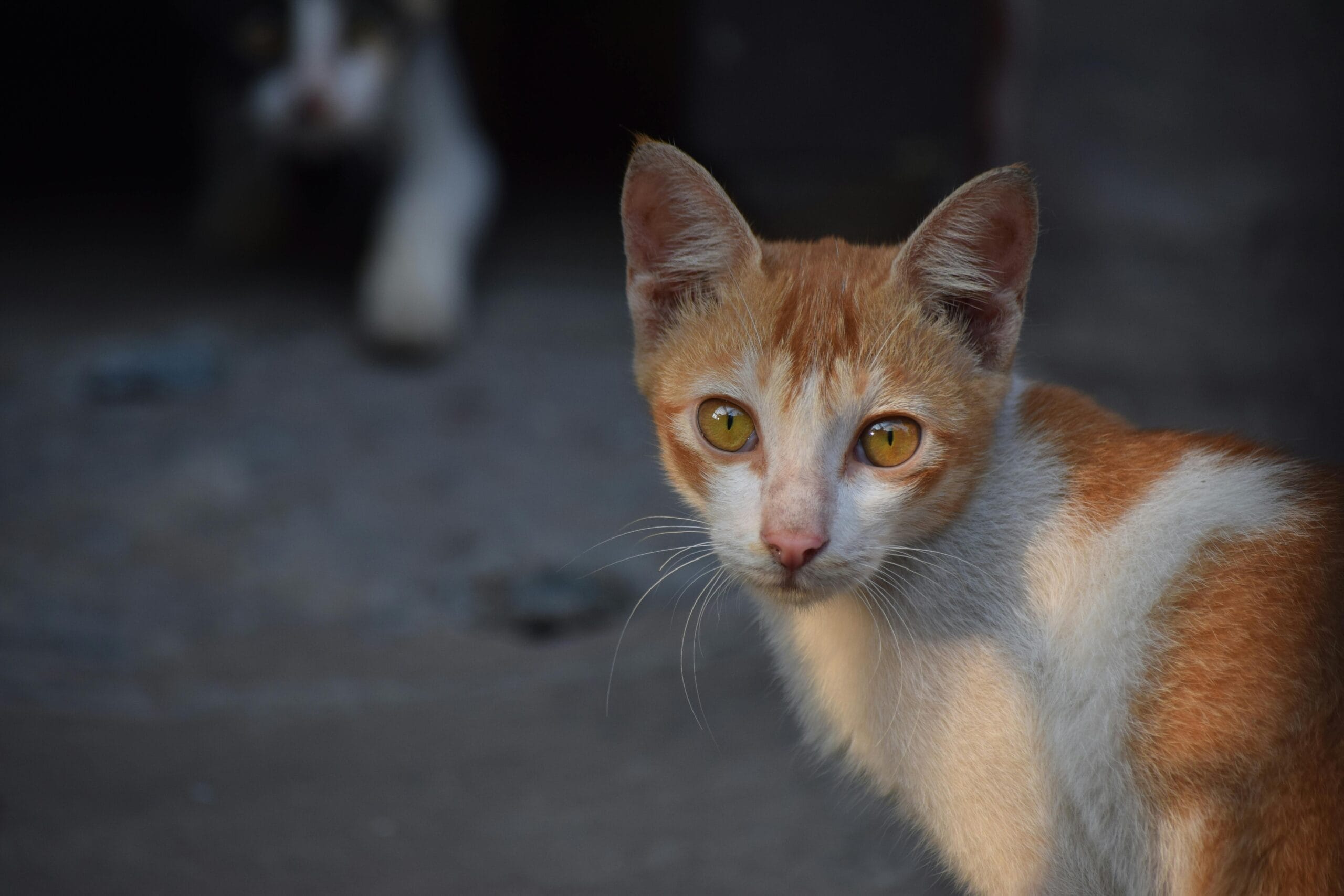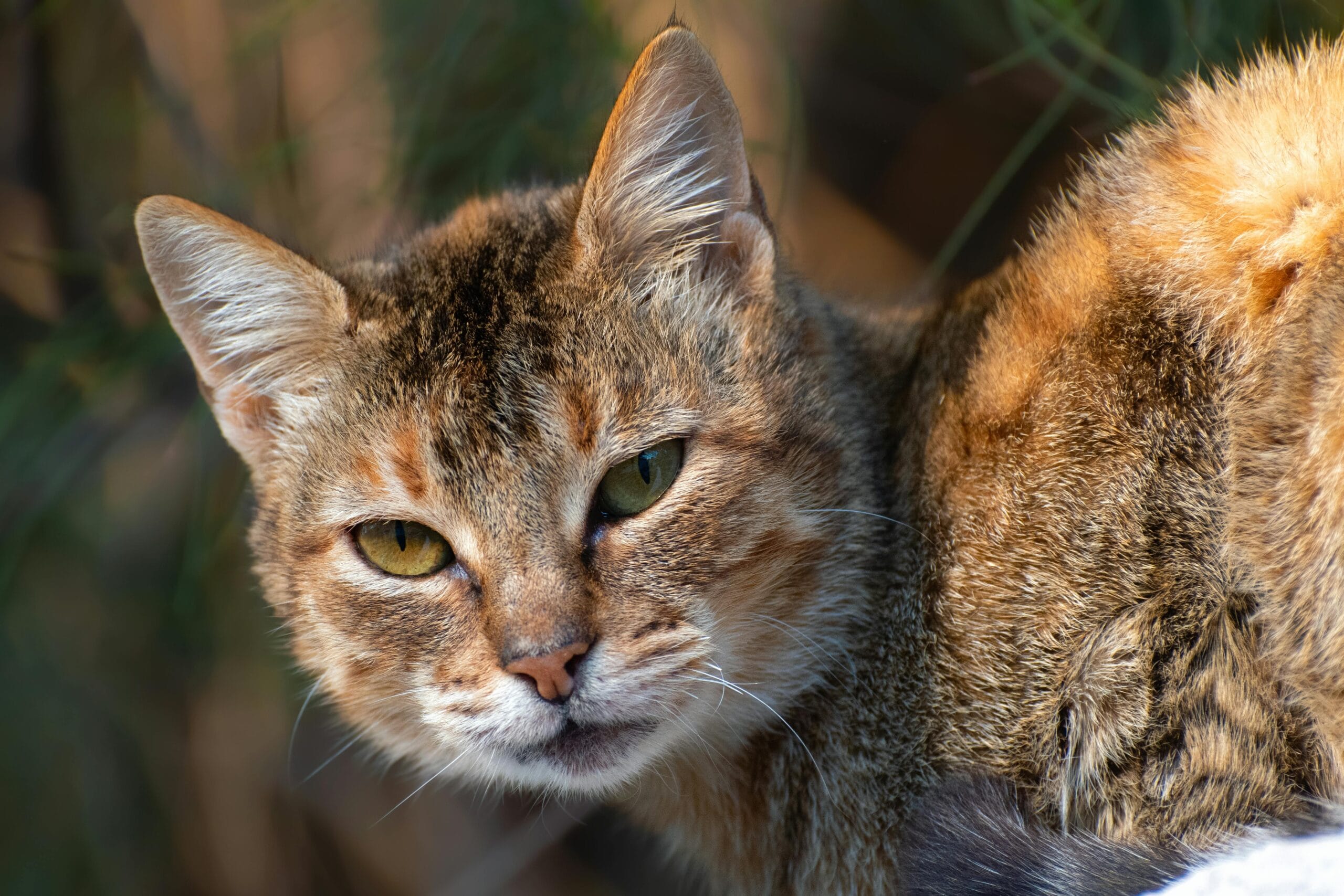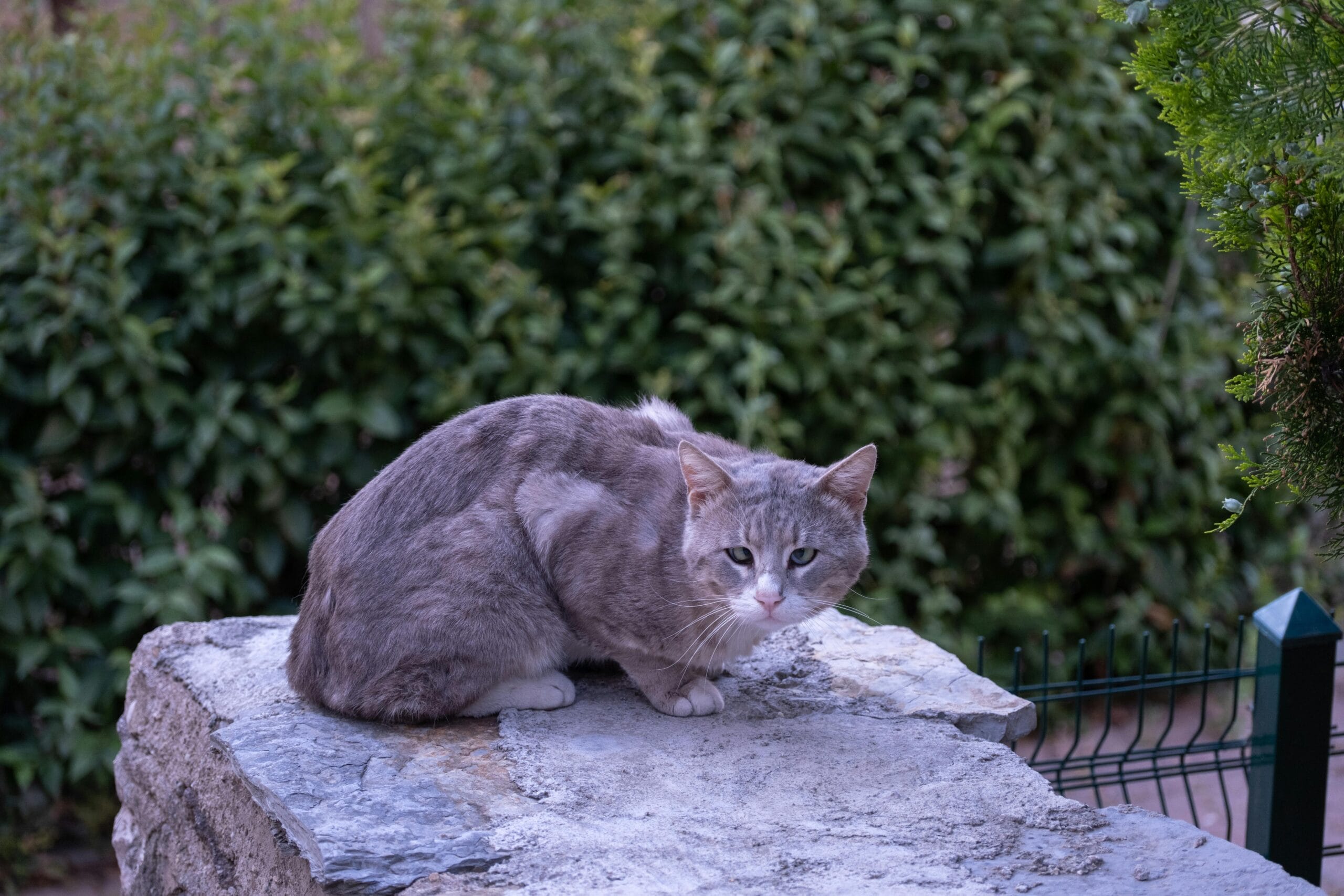Is Mint Toxic To Cats ?

Is Mint Toxic To Cats? Discover the truth about mint toxicity in cats and feline allergies to mint. Learn the risks & what to do if your cat ingests mint. Find answers now! #MintToxicityCats #CatsAndMint #AreCatsAllergicToMint
Is Mint Toxic to Cats? A Comprehensive Guide to Mint Toxicity in Cats
The aromatic scent of mint is refreshing to us humans, but what about our feline friends? Many pet owners wonder, “Is mint toxic to cats?” The short answer is: it depends. While some types of mint are relatively harmless, others can pose a risk to your cat’s health. Understanding the nuances of mint toxicity in cats is crucial for responsible pet ownership. This detailed guide will explore the different types of mint, their potential effects on cats, and what to do if you suspect your cat has ingested mint.
Understanding Mint and its Components
The term “mint” encompasses a wide variety of plants belonging to the Mentha genus. These plants contain various compounds, including menthol, menthone, and pulegone. These compounds are responsible for the characteristic aroma and flavor of mint, but they can also have different effects on cats. Some cats may have a sensitivity to these components, leading to a range of reactions. It’s important to distinguish between different types of mint to better understand the potential risks.
Is Mint Toxic to Cats? Exploring Different Mint Varieties
Not all mints are created equal when it comes to feline safety. Peppermint, spearmint, and catnip are all members of the mint family, yet their effects on cats vary greatly.
Peppermint and Spearmint: A Moderate Risk
While generally considered less toxic than some other mint varieties, peppermint and spearmint can still cause problems for some cats. Ingestion of large quantities can lead to gastrointestinal upset, including vomiting and diarrhea. The essential oils present in these plants can be irritating to a cat’s sensitive digestive system. In small amounts, however, most cats tolerate peppermint and spearmint relatively well. However, it’s always best to err on the side of caution and keep these plants out of reach of your cat. Always consult your vet if you suspect your cat has ingested a significant amount of peppermint or spearmint. This is particularly crucial if you notice any signs of distress. Learning to identify **mint toxicity cats** exhibit can save your pet.
Catnip: A Special Case
Catnip (Nepeta cataria) is a well-known member of the mint family, but its effects on cats are quite unique. Instead of toxicity, catnip generally causes a euphoric or playful response in many cats, although not all cats react to it. This reaction is due to the presence of nepetalactone, a chemical compound that interacts with cat receptors. While catnip is not considered toxic, excessive consumption might lead to mild gastrointestinal upset in some cats. Moderation is key, and keeping catnip in a contained area can prevent your cat from overindulging.
Other Mint Varieties: Potential Hazards
Other mint varieties, especially those containing higher concentrations of pulegone, such as pennyroyal mint, pose a more significant risk to cats. Pulegone is highly toxic to felines and can cause liver damage, seizures, and even death in severe cases. Therefore, keeping all forms of mint out of your cat’s reach is crucial, particularly those that contain higher amounts of pulegone. Never allow your cat to access any unknown or wild-growing mint plants. This caution is essential in understanding Mint Toxicity Cats and avoiding dangerous situations.
Are Cats Allergic to Mint? Understanding Allergic Reactions
While not a true allergy in the same way humans experience allergies (like hay fever), some cats can exhibit allergic-like symptoms after exposure to mint. These reactions might manifest as skin irritation, respiratory issues, or gastrointestinal distress. This is often due to the essential oils present in the mint plants rather than a true allergic response mediated by the immune system. These reactions are often dose-dependent, meaning a higher concentration or amount of mint exposure leads to more severe symptoms. These are symptoms that can be misinterpreted as **Are Cats Allergic To Mint**, and understanding this can help in treating them properly.
Symptoms of Mint Toxicity in Cats
Recognizing the signs of mint toxicity in cats is vital for prompt veterinary attention. Symptoms can vary depending on the type and amount of mint ingested, but may include:
- Vomiting
- Diarrhea
- Loss of appetite
- Lethargy
- Tremors
- Seizures (in severe cases)
- Difficulty breathing
- Skin irritation
If you suspect your cat has ingested any type of mint, especially in large quantities, or if you observe any of these symptoms, contact your veterinarian immediately. Prompt treatment is essential, particularly if you suspect a toxic reaction to pulegone-rich mints.
What to Do If Your Cat Ingests Mint
If your cat ingests mint, your first step is to assess the situation. Determine the type and amount of mint consumed. This information will be helpful for your veterinarian. If your cat is exhibiting signs of distress, such as vomiting, lethargy, or difficulty breathing, seek immediate veterinary care. Depending on the severity of the situation, the vet might induce vomiting, administer activated charcoal to absorb the toxins, or provide supportive care. Early intervention can significantly improve the chances of a full recovery. It’s vital to be proactive in understanding and managing potential mint toxicity in cats.
Prevention is Key: Keeping Mint Away from Cats
The best approach is to prevent your cat from ingesting mint altogether. Keep all mint plants, including essential oils and products containing mint, out of your cat’s reach. This includes potted plants, herbal teas, aromatherapy products, and even cleaning products containing mint extracts. Be mindful of your surroundings and consider ways to keep your curious cat away from any potential hazards.
Further Research and Resources
For more in-depth information on pet toxicology, you can refer to resources like the ASPCA Animal Poison Control Center. They offer valuable information on the toxicity of various substances to pets and can provide expert advice.
The Pet Poison Helpline is another excellent resource to learn more about toxic substances for pets. This comprehensive resource is readily accessible to pet owners who need immediate information or help.
Conclusion: Understanding Mint’s Impact on Cats
The question, “Is mint toxic to cats?” has a complex answer. While some mints, like catnip, pose minimal risk, others, particularly those high in pulegone, can be highly toxic. Being aware of the different types of mint and their potential effects on cats, knowing the symptoms of mint toxicity, and taking preventative measures are vital aspects of responsible cat ownership. By understanding the potential hazards, you can ensure your feline companion remains happy and healthy.
Share Your Experience!
Have you had any experiences with your cat and mint? Did your cat exhibit any symptoms after exposure to mint? Share your insights and experiences in the comments below to help other cat owners understand the potential dangers of **mint toxicity in cats** better. Your contributions can make a real difference!

FAQ: Is Mint Toxic to Cats?
Here are 10 frequently asked questions about mint and cats, with concise and helpful answers:
1. Is mint toxic to cats?
While not typically highly toxic, some types of mint can cause mild gastrointestinal upset in cats. The level of toxicity depends on the amount ingested and the type of mint. Therefore, it’s best to keep all mint plants out of reach of your feline friend. Mint toxicity in cats is more of a concern with ingestion of large quantities.
2. Are cats allergic to mint?
While not a true allergy in the same way humans experience allergies (like hay fever), some cats may exhibit an adverse reaction to mint, such as mild skin irritation from topical contact or gastrointestinal upset from ingestion. This isn’t common, but it’s possible some cats are more sensitive than others. It’s best to err on the side of caution.
3. What are the symptoms of mint poisoning in cats?
Symptoms of mint toxicity in cats can include vomiting, diarrhea, loss of appetite, and lethargy. If you suspect your cat has ingested a significant amount of mint, contact your veterinarian immediately.
4. Is peppermint toxic to cats?
Peppermint, a common type of mint, can cause similar mild digestive issues in cats as other mints. The essential oils in peppermint are particularly concentrated and should be kept away from cats. Avoid using peppermint-based products around your cat.
5. Is spearmint toxic to cats?
Spearmint, like peppermint, is a type of mint that poses a similar, low level risk to cats. Again, large ingestions are more likely to cause problems. Keeping all mint plants out of reach is the safest practice.
6. My cat licked a mint leaf, should I be worried?
A single lick of a mint leaf is unlikely to cause serious harm. However, monitor your cat for any unusual symptoms. If you see any signs of distress, contact your veterinarian.
7. Is it safe to use mint-scented products around cats?
It’s best to avoid using mint-scented cleaning products, air fresheners, or other household items around cats. The strong scent can be irritating, and the ingestion of even small amounts can lead to digestive upset.
8. What should I do if my cat eats mint?
If your cat eats a small amount of mint, monitor them closely for any symptoms. If they show signs of illness (vomiting, diarrhea, lethargy), contact your veterinarian immediately. For large ingestions, seek immediate veterinary attention.
9. How can I prevent my cat from accessing mint?
Keep all mint plants (both real and artificial) out of your cat’s reach. This includes potted plants, cut flowers, and any products containing mint oil or extract.
10. What are the long-term effects of mint ingestion in cats?
Long-term effects from small amounts of mint ingestion are unlikely. However, repeated exposure or ingestion of large quantities could potentially lead to chronic digestive problems. The best approach is prevention. If you are concerned about your cat’s exposure to mint, consult with a veterinarian.

Is Mint Toxic to Cats? Practical Tips and Health Considerations
The short answer is: Yes, some types of mint can be toxic to cats. While not all mints pose a significant threat, ingesting certain varieties can lead to adverse reactions. This article provides practical tips and important health considerations regarding mint and your feline companion.
Types of Mint and Their Toxicity
The toxicity level varies across different mint species. Peppermint and spearmint, commonly found in household items, are generally considered mildly toxic. However, larger ingestions can still cause problems. Other mints, like pennyroyal, are significantly more toxic and should be kept far away from cats.
Symptoms of Mint Toxicity in Cats
Symptoms can range from mild to severe, depending on the type of mint ingested and the amount. Watch for:
- Vomiting
- Diarrhea
- Loss of appetite
- Lethargy
- Tremors
- Difficulty breathing (in severe cases)
If you suspect your cat has ingested mint, contact your veterinarian immediately.
Practical Tips to Keep Your Cat Safe
- Keep mint plants out of reach: Place mint plants in areas inaccessible to your cat, ideally in a separate room or on high shelves.
- Be mindful of essential oils: Mint essential oils are highly concentrated and extremely toxic to cats. Avoid using them in your home or ensure they are stored safely away from your pet.
- Check your cleaning products: Some cleaning products contain mint extracts. Always choose pet-safe alternatives.
- Educate family members: Ensure everyone in your household understands the risks and takes precautions to prevent your cat from accessing mint.
- Supervise playtime: If using mint-flavored toys or treats (ensure they are cat-safe), supervise your cat closely to prevent overconsumption.
Health Considerations
Even seemingly harmless amounts of mint can cause digestive upset in sensitive cats. Pre-existing conditions can exacerbate the effects of mint ingestion. Regular veterinary checkups are crucial for maintaining your cat’s health and addressing any potential issues promptly.
Conclusion
While some forms of mint pose a greater risk than others, it’s best to err on the side of caution and keep all types of mint away from your cats. Prompt veterinary attention is crucial if you suspect your cat has ingested mint, especially if you observe any concerning symptoms.
Disclaimer: This information is for educational purposes only and should not be considered veterinary advice. Always consult your veterinarian for any health concerns related to your pet.